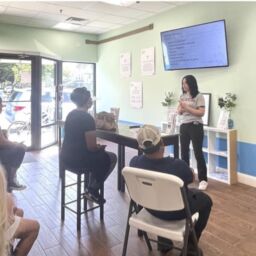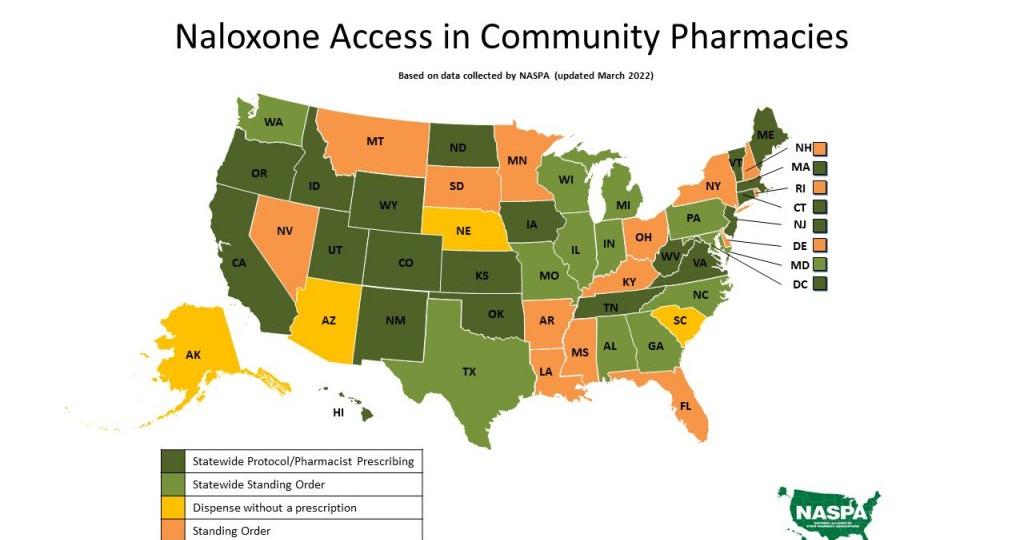
Related Posts
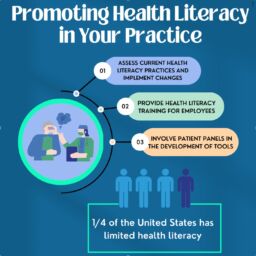
Around one fourth of the United States population does not have adequate health literacy.
Health literacy is defined as the ability to obtain, read, understand, and apply healthcare
information

A Fireside Chat with AAM Chair, Christine Baeder and Mark Cuban, Entrepreneur and Cost Plus founder

St. Vincent de Paul Charitable Pharmacy offers article regarding impact of a charitable pharmacy on their community and patients

The five most recent states to expand the scope of reimbursement for pharmacists are Maryland, Missouri, North Dakota, Virginia and Wyoming
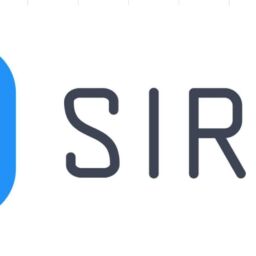
Good Pill will provide direct access to hundreds of life-saving medications and save families $150+/month on healthcare cost
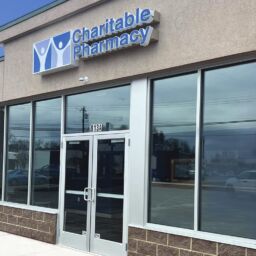
One in four Americans say they struggle to afford their prescription medications. The establishment of this Charitable Pharmacy in Milford will allow patients who live east of Cincinnati better access to care.
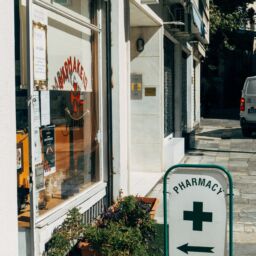
Federal/state grants are not the only gateways to funding. There are close to 750 “community foundations” nationwide which are public charities dedicated to improving the lives of people in a defined local geographic area.
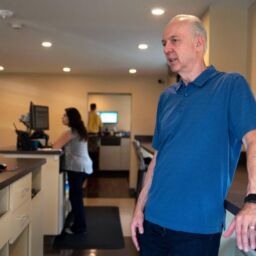
‘Unbelievably good price’: KC-area pharmacy dispenses bargain medicine — and hope Go to article
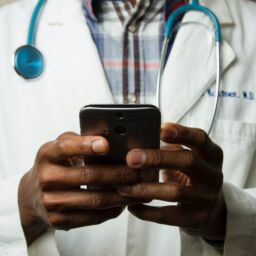
Medication non-adherence has led to at least 100,000 preventable deaths each year and $100 billion annually in preventable healthcare costs in the United States
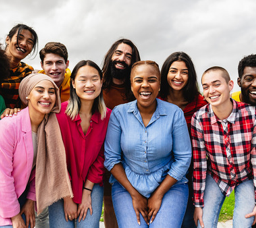
Today’s release of new 2020 Census data provides population counts of nearly 1,500 race and ethnicity groups and American Indian and Alaska Native (AIAN) tribes and villages.

NABP Associate Executive Director Josh Bolin on DSCSA compliance prior to FDA moving compliance deadline.
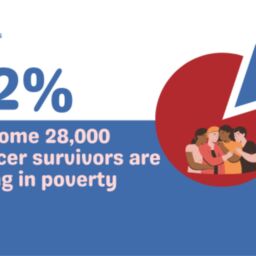
An opportunity for charitable pharmacies to collaborate with oncology practices for non-oncology medications during and after treatment.
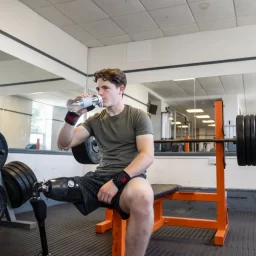
The COVID-19 pandemic forced discussions about social determinants of health (SDOH) back into the forefront of healthcare discussions. Knowing that 80% of a person’s health outcomes are impacted by these external factors – economic, social, community, education, and more – we, as industry leaders, must shift these discussions about SDOH implementation from a lofty goal into a reality. How do we get there?
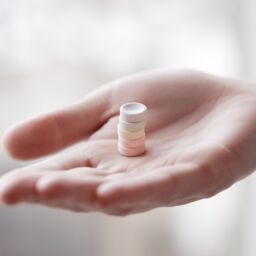
Implications for Patients
Once the continuous enrollment ends, it is estimated between 5 -14 million individuals will be affected


